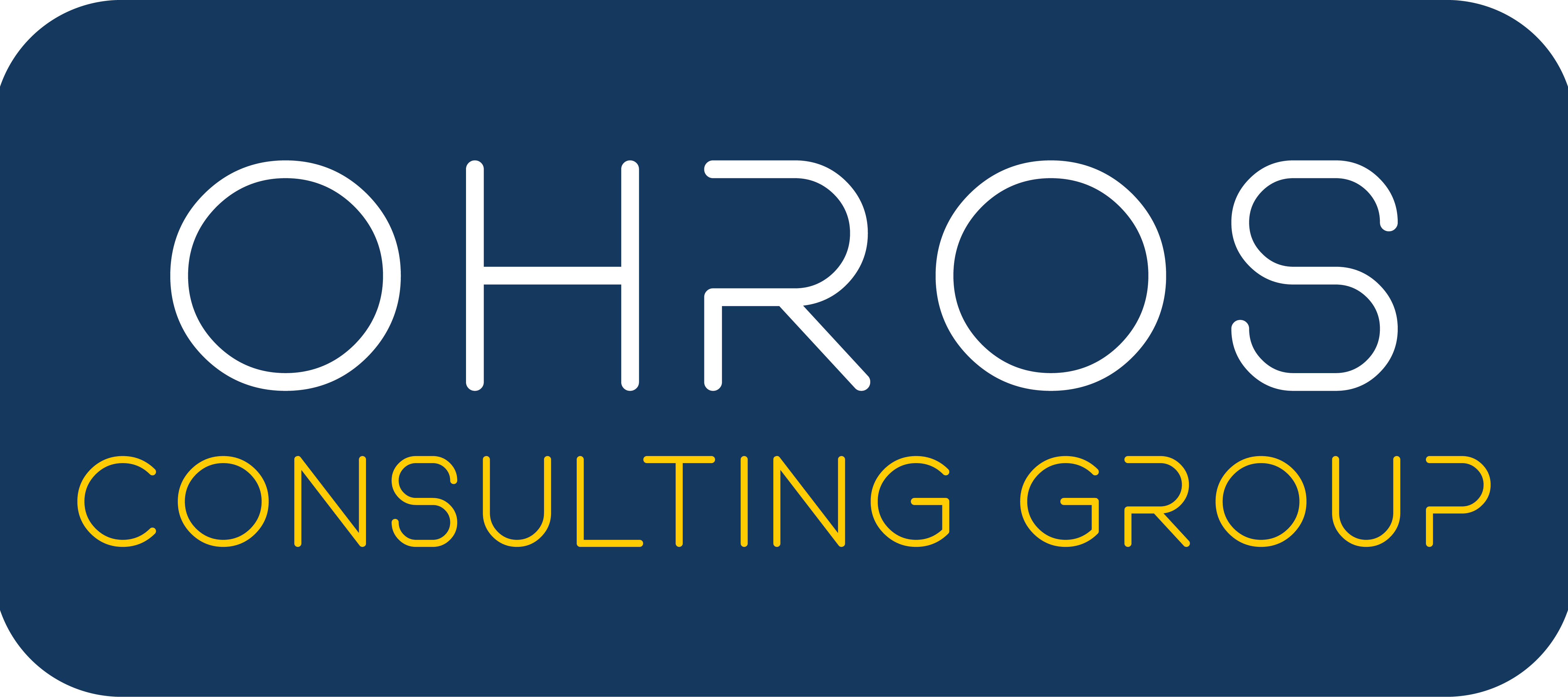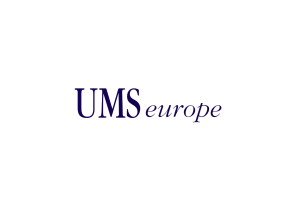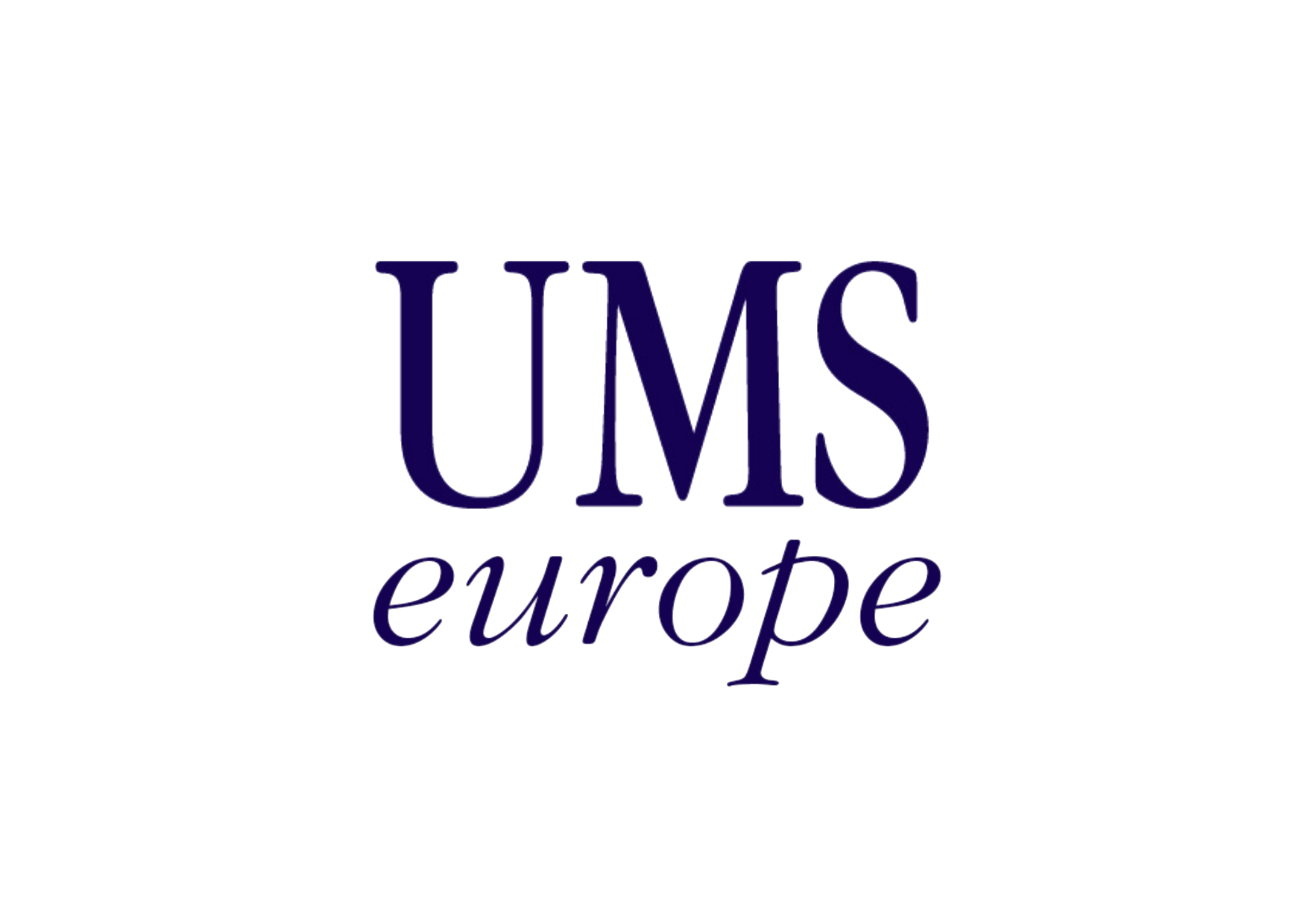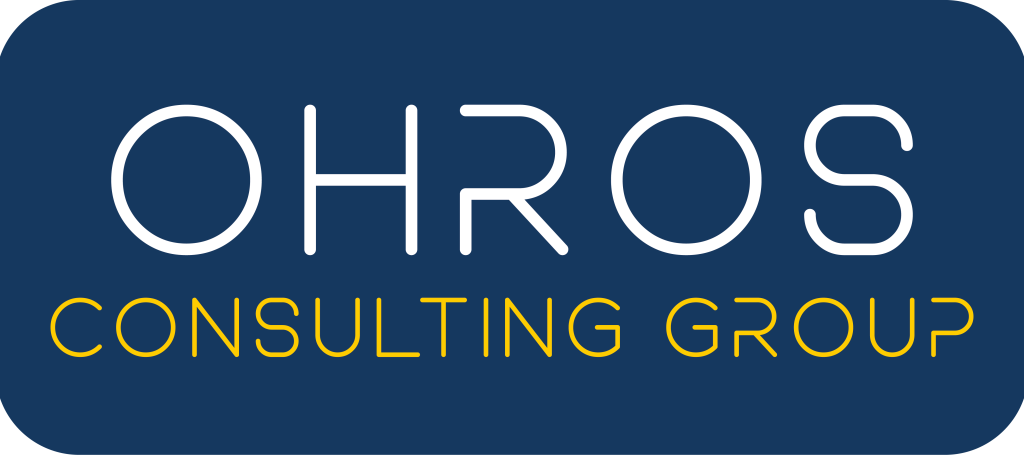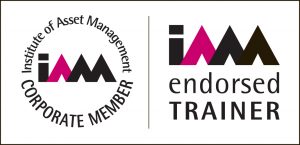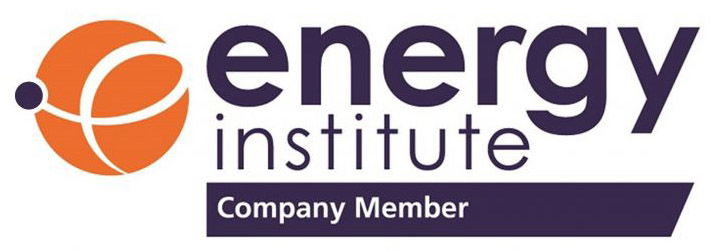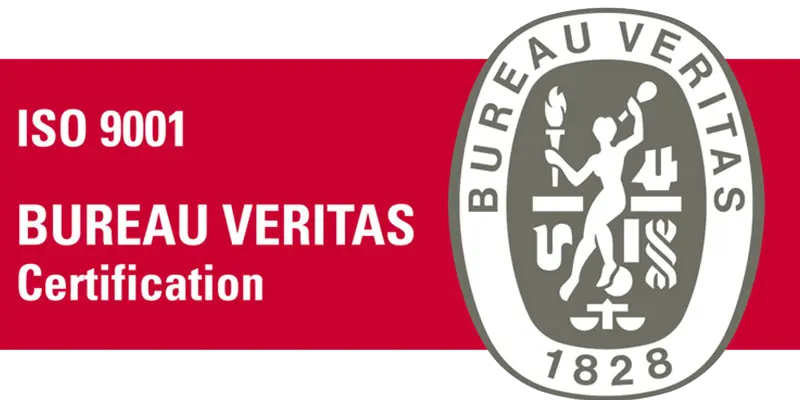Digital Transformation in Asset Management: An Insider’s View

At OHROS, partnering with Transmission System Operators (TSOs) and clients from asset intensive industries is our expertise. What do we observe while guiding them through the fast-changing digital landscape? What challenges do they want us to help them solve? For what dilemmas they ask OHROS to bring method and clarity into their decision-making?
The energy transition is in full swing and power generation, transmission, and distribution are evolving at a fast pace. New technologies are transforming how energy assets are managed, inspected, maintained, and renewed. They carry the potential to increase resilience, safety, and affordability and entire power networks – and the world of Transmission System Operators (TSOs) and companies in asset intensive industries is transforming at an unprecedented pace.
Internet of Things (IoT) sensors, new generations of digital equipment replacing their mechanical predecessors, robotics, and Generative Artificial Intelligence (GenAI) are already transforming asset management and have the potential to bring ever deeper change, and with it, value.
Yet, this transformation is far from simple.
It always Starts with People
It is first and foremost a people transformation: touching customers, requiring shifts in behaviours and competencies within the company, and radiating throughout the supply chain eco-system. At the operational level, it necessitates the development of digital analytical capabilities and systems that enable operators to make better, informed decisions for each asset.
It requires data integration across various asset management systems. The reality on the ground is that existing systems had often grown organically, were originally implemented as discrete and independent, and while providing different insights, they did not and still don’t communicate with one another.
Data and systems integration and consolidation are both complex and expensive. They do enable a deeper and more comprehensive view of the assets, and more cohesive approach to asset management, but choosing how, when and for what asset families to implement them is essential. Digital investments must also be harmonised and timed according to co-existing maintenance, renewal, and expansion priorities – all competing for capital.
To make matters even more complex, the pool of specialised contractors operating in Europe, is finite and already in high demand. Therefore, supply chain bottlenecks can affect the sequence and timing of any changes concerning assets, switch to digital included.
Conflicting Pressures
From a regulatory perspective, operators experience conflicting pressure, with authorities simultaneously calling for greater data transparency and sharing and enhanced data security.
In the specific case of power transmission, while regulators expect adoption of digital technologies, the financial burden typically stays with TSOs, and incentives for digitalisation are seldom offered. While this stance encourages investments being prioritised by the ultimate value they deliver, rather than biased toward specific domains (digital), it still creates a challenging environment for operators.
Digitalisation is also shortening the renewal cycles – going from 30-40 years of past times to the current 10-15 years, in select asset classes – and introducing complexity, with different hardware and software cycles within the same asset.
In conclusion, digitalisation offers critical opportunities to improve asset management: from providing unprecedented insight in assets’ condition, thus reducing the cost of maintenance and optimising renewals, to increasing inspections’ safety and affordability with robotics, to strengthening resilience to extreme weather events.
As with benefits, risks too are substantial. Transformations of this magnitude require readiness and a clear, honest assessment of the baseline before the journey starts; true intent, focus and perseverance, during the execution; and deep attention in managing change from start to finish, empowering and bringing along customers, company personnel, and partners.
Your Allies for the Journey
Leveraging our deep expertise in asset-intensive industries, OHROS assists clients at every stage of the journey: from executing benchmarks and readiness assessments, to assisting with digitalisation strategies, to rolling up our sleeves and working with in-house teams at full digitalisation program implementations.
Ohros Consulting Group ( OCG)
Authors
Andrea Fraioli, MSc, OCG Director Italy & ITAMS Program
Esmé Fantozzi MSc OCG Project Director
Ennio R. Neumann Senese, D.BA, OCG CEO
